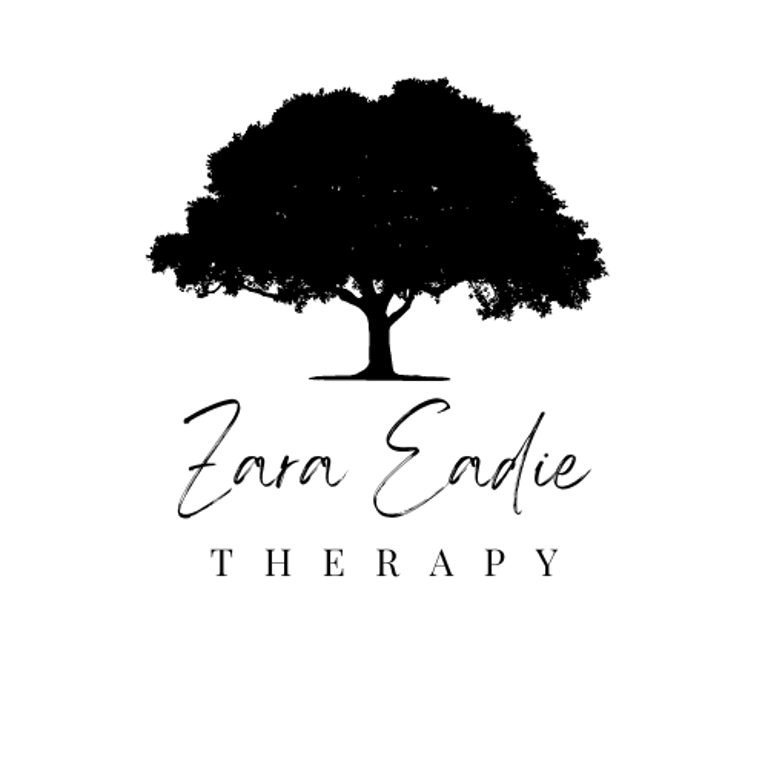Symptoms of Trauma & Anxious Thoughts
Mindfulness is the act of focusing ones attention on current aspects of your experience, on that which comes and goes from your conscious awareness. It is enough to notice, to be aware of and mindfulness does not require interpretation, judgement, indulging or suppression of the thoughts/feelings/sensations. You can be mindful of physical sensations (e.g. muscle tone, contractions/expansions, heart beat), internal thoughts, feelings and images and states (e.g drowsiness, hunger). You could try out what works best for you as a gauge.
Mindfulness can help
- Reduce the impact of the somatic symptoms of trauma
- Determine what is and is not suitable or useful for you.
Mindfulness brings you into the present, into the here and now. Anxious thoughts take you out of the present and into the imagination (fear, worry, anticipation), or into the past through memories. You don’t need to close your eyes to do mindfulness, you can do it while brushing your teeth, walking down the road or washing the dishes, or when ever needed to help cope with difficult thoughts/flashbacks and images.
Experiment
Is it possible to be in your memories or imagination AND to be acutely aware of how your thighs feel against the chair and the sensation of your feet on the floor?
The answer for most people will be ‘no’; you cannot be acutely aware of and present to what is your actual current experience at the same time as remembering the past and/imagining the future. This is how mindfulness can assist you in overcoming flashbacks, anxious thoughts and feelings. People often use the sensation of the breath in the nostrils to anchor them into the present, because the breath is always available. Trying to focus on one aspects of experience will be sufficient for most people, but sometimes more than one may be required.
N.B It is well known that longer exhalations than inhalations (e.g. breathing out for the count of 6 and in for the count of 4) can help stimulate the parasympathetic nervous system and encourage relaxation by increasing levels of carbon dioxide in the bloodstream.
But my mind is thinking anxious thoughts- in the present!
This is true, the thoughts and feelings are happening in the current moment. However, if you develop the capacity to be mindful, you can notice the sensation of the feeling/emotion in the body without heightening the feeling by adding a story to or judging it (no need to think “I shouldn’t feel like this”- but if it arises, notice that thought too).
“Allow thoughts and feelings to have their home in you, but do not make your home in them” ~ Rupert Spira
In other words rather than “I feel anxiety in my chest”; you may notice that the actual somatic sensation, when staying 100% with your actual experience, can be described only as a tight or wavy sensation in the chest area. Then it will have the same impact as the feeling of pins and needles- a somatic experience without a story attached to it. This neutralises the feeling to a ‘sensation in the body’- which simply lessens it’s power to overwhelm you.
Mindfulness can be used in addition with the body in order to ascertain what is right or helpful for you
We have all experienced someone standing too close to us and as a result feeling uncomfortable and responding by moving slightly away to a more comfortable distance. The body, as in this example, can be used as an instrument if we just notice what it is conveying. You can attend to how the body reacts and what feelings arise when you need to make a choice about something. Perhaps you notice an openness in the chest and feeling of happiness arise when you choose your favourite outfit to wear, or perhaps a contracting sensation appears in your stomach in another circumstance or with a particular person. You can start developing confidence in this area by using your body as an instrument (like a barometer) to make small choices such as what to choose in a supermarket or what clothes to wear. Then bigger decisions can be made; which friend is best to call right now, what book is helpful in my recovery?
What if I am just resisting?
Resistance to something may also appear as a more uncomfortable sensation in your body- it is then up to you to decide what is right for you. Use discernment and common sense in addition to your mindfulness gauge. If this is resistance, do I want to challenge it now and if so, am in the right space mentally/emotionally and in practical terms to do so now? What is my contingency plan for keeping myself safe and do I need support during/afterwards in order to accomplish this?
How do I know if it’s helping?
Objective measures of progress;
Can I go out, can I go to work, am I sleeping well, am I able to connect with others, can I look after the health of my body through diet and exercise and hygiene?
Subjective measures of progress can include how you feel internally;
Can I calm myself and my nervous system, can I deal with flashbacks, can I avoid overwhelm, can I manage anxious thoughts and feelings, can I improve my own mood or respond appropriately to emotional needs?
Mindfulness takes practice and the more you do it, the easier it gets. Be patient with yourself and give yourself lots of encouragement, patience and reassurance.
For more information see; Rothschild, B. (2010) 8 Keys to Safe Trauma Recovery. Norton. London
